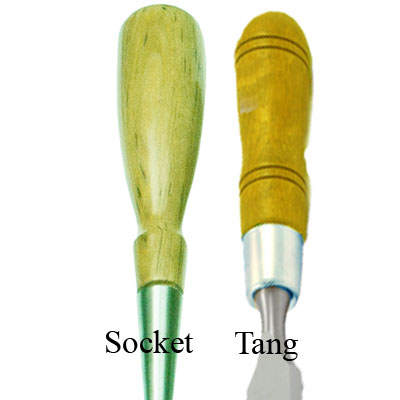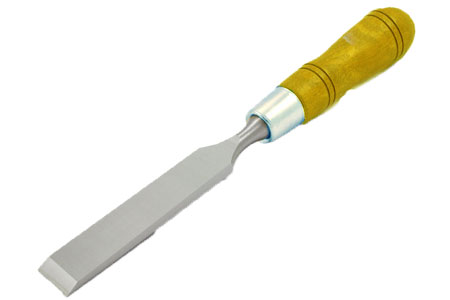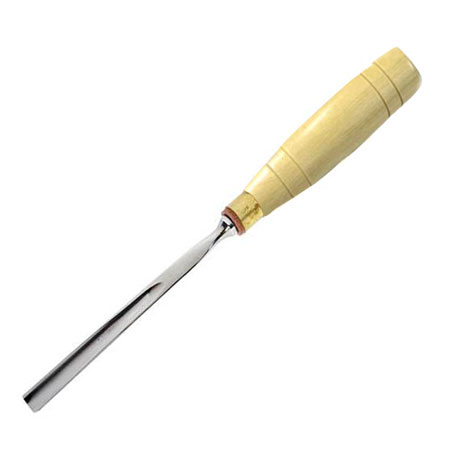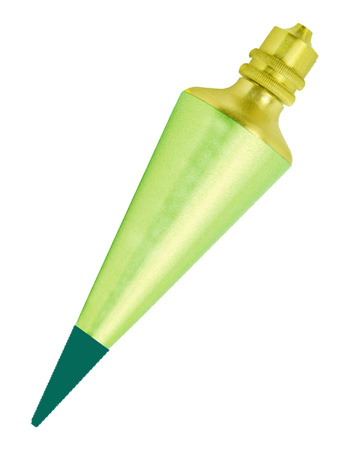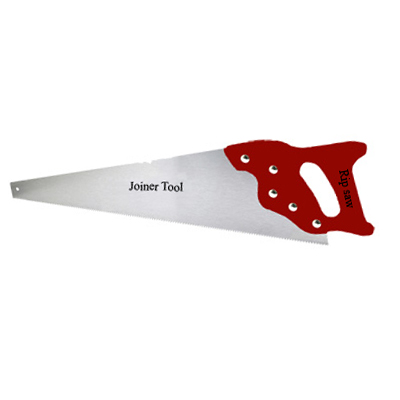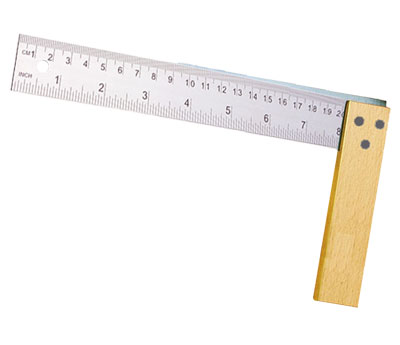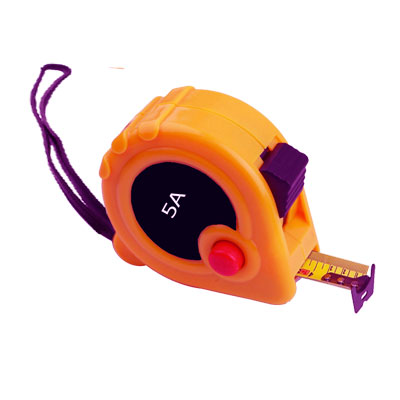We use planning tools in carpentry works to smoothing the rough wood surface. A special hand plane is used for specific work. You need not so many planes to build nice furniture; you only need some of them. Mainly they have two parts sharpened metal plate and body. The body can be made of wood, metal or mix of both. The metal plate attached to the firm body. Most of the planes work when they are pushed across through a piece of wood. The planes are different shape and sizes. According to the work they are divided into three classes like bench plane, curve circular plane and special purpose plane.
1. Bench plane
The constructions of the bench planes are almost similar but the functions and sizes are different. Here we describe different types of bench tools.
a. Jack Plane
The plane those are used to smooth whole surface of a wood piece. It is an important wood planning tool for a professional carpenter. It has six main parts such as body, handle, cutting iron, back iron, wedge and button. It is about 35 cm long.
b. Trying or jointing plane
Jointer planes tools almost looks like jack plane but the body size and handle sizes are different. Generally it is 66.5 cm to 75 miles long and the blade are 5.46 to 6.0 cm wide. It is useful to make flat surface with these tools. The uses of these tools are reduced after comes in power tools. The trying plane is the largest plane that is a joiner used.
c. Smoothing plane
A joiner uses the smoothing plane tools for finishing surface. It is about 8 to 10 inches long. It has capacity to take a very thin layer. We use it after using the jack plane and jointing plane instead of sandpaper. This wood planning tool is great and superior option to sandpaper. It can be made of all metal body, all wooden body or mixed. There is no handle in wooden smoothing plane tool. It includes 1.25 inch to 2.5 inches cutting iron edge. The most likable smoothing tools are vintage Stanley No. 4 or No. 4 1/2, Lie-Nielsen No. 4 smoother, Veritas Bevel up smoother.
d. Block plane
The block plane is made of metal. It is primarily used for small work, or joint fitting. It is also used for tapper making. The length is about 8 to 18.8 cm whereas the blade wide is about 2.5 to 4.2 cm. It is mainly constructed with four parts such as blade, cap, lever and screw. The blade may have advantage of setting to a low angle of 12 to 20 degree. It can increase cutting efficiency. Some common brands are Lie-Nielsen or Veritas.
2. Curve circular plane
The wood planning tools that are used to make smoothing curve surface are called curve circular plane.
a. Spoke shape
The spokeshave is one kind of small plane. It has two symmetrical handles in line which is used to drive the spokeshave. It is made of steel. A joiner uses them for smoothing curved or round surfaces. The length of the blade is 3.5 cm to 10 cm and the wide is 3.5 to 6.8 cm. You can cut light or depth by setting the thumb screw.
b. Scraper
Scrapper is one kind of plane for smoothing curve wood surface. It is also made of steel. The cutting angle is set from 80 degree to 100 degree. Normally three kind of scraper are available such as hand scraper, cabinet scraper and box scraper. The common scrapers are Lie-Nielsen No. 212 and the No. 85, vintage Stanley No. 80.
c. Compass
The compass plane is also known as circular plane. It has a steel spring which is used to control the steel sheet sole to create a uniform curve. The plane stoke is about 25 cm long and the cutter sizes is 4 cm long.
d. Draw knife
It has bevel shape blade and two handle. The handles are set both side of the blade. To smooth the rough surface you have to draw both the handle. The draw knife is 25 cm to 30 cm long.
3. Special purpose plane
We are not able to complete all work such as rebate, trench, grooving, moulding with the above planning tools in carpentry project. The following tools help you to do decorative figures.
a. Rebate plane
A carpenter uses the rebate plane for making a rebate. The stock is made of wood or iron. It is 15 cm to 22.5 cm long. the blade is 0.6 to 4.25 cm wide. It has no cap.
b. Bullnose plane
The bullnose plane has a curve nose. The blade is fixed very near to the nose i.e. extremely close to the edge. Therefore you can avail to use them in very tight places. The blade is setting in the body at 18 degree. It is 10 cm long and 2.5 cm wide. Some bullnose planes have a system to use them as a chisel plane.
c. Molding plane
The moulding planes are used to cut mouldings, decorative figures in carpentry works. They may have different shapes and sizes; some of them contains outer curve blade whereas some of them contains inner curve blade. So you can use them cutting cavetto or adrol round. It can be made from wood or steel.
d. Bead plane
Bead planes are used to create semi-spherical structure. There are different shape and sizes bead plane are available. They may have 4.5 cm to 2.5 cm blade. They have no cap setting iron. The pitch of the blade is set at 55-60 degree angle.
e. Matching plane
The matching plane contains two handle and the blade is setting middle of them. They are used to finishing the groove of groove joint. This plane has no cap setting iron. The pitch of the blade is set at 60 degree angle.
f. Plough plane
A carpenter uses plough plane to cut grooves. You can also cutting rebates on wood. The handle is look like blade. It has one set or 8 cutting iron. the sizes of the cutting iron is about 3 mm to 15 mm long.
g. Router plane
Router plane is used to clean up the bottom of the grooves, shallow mortises, tenon cheeks and cut dado joints. It is a versatile joinery plane. It has several sizes. The router plane includes two handle and set a cutter between them. The cutter can be set as you wish. Some common routers planes are Stanley 71 or 71-1/2, Lie-Nielsen, Veritas.
h. Grooving plane
The grooving planes look likes a plough plane. They are used to cut small grooves into the wood.
i. Universal plane
You can do many works such as groove, rebate, mould, slit, trench with these wood planning tools. Thus it is called universal plane.
